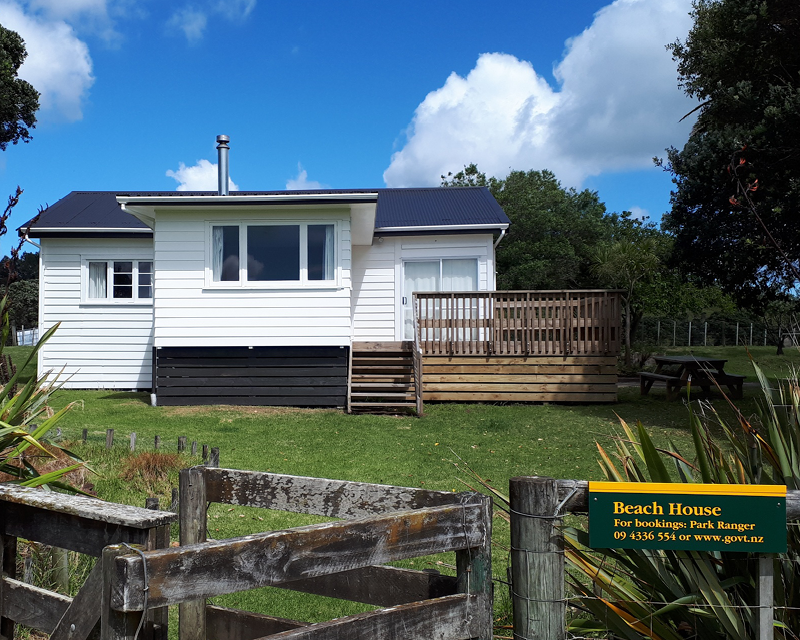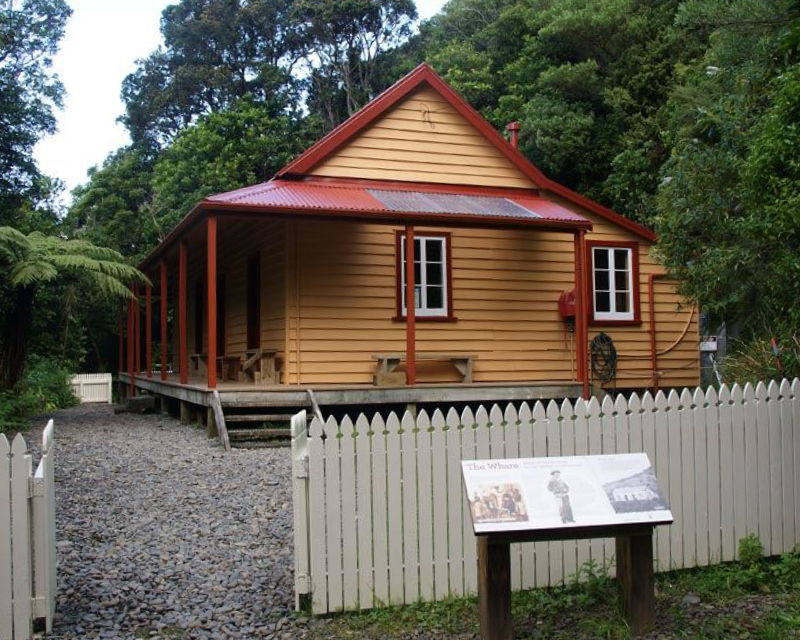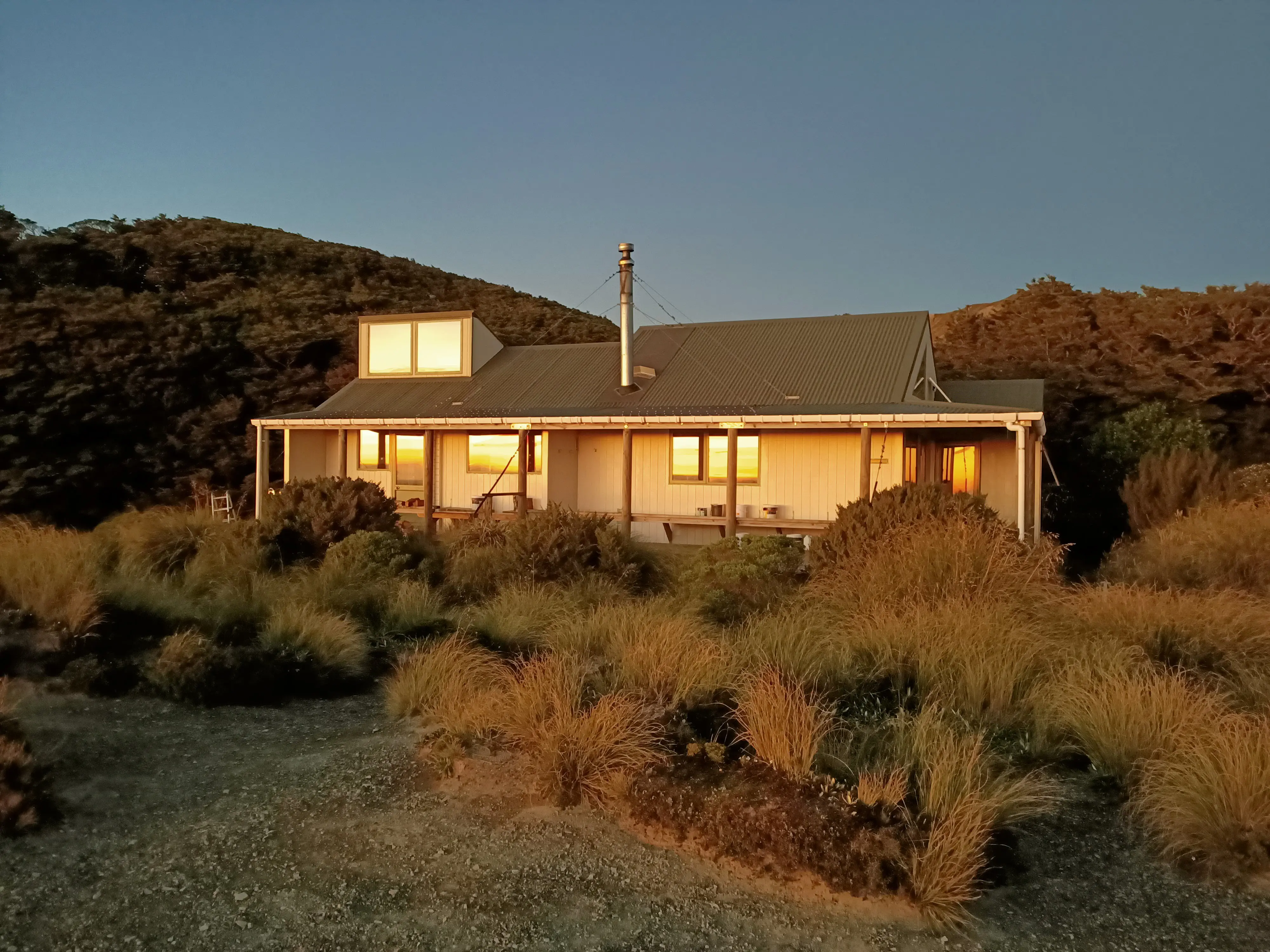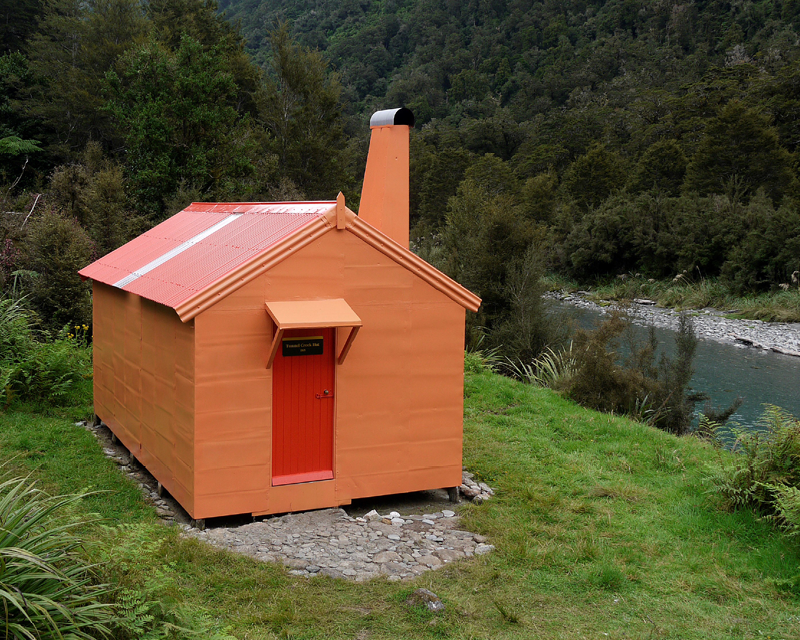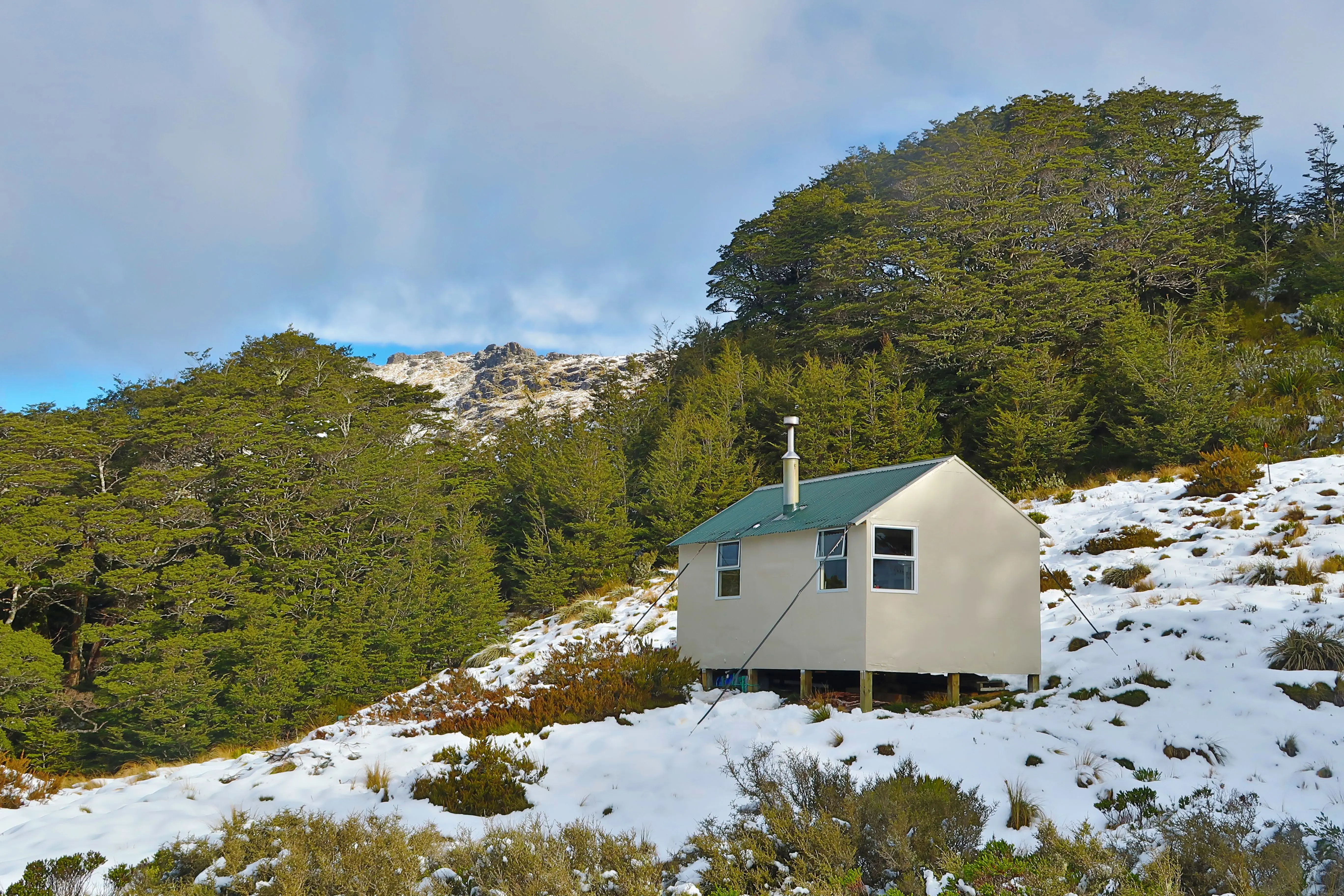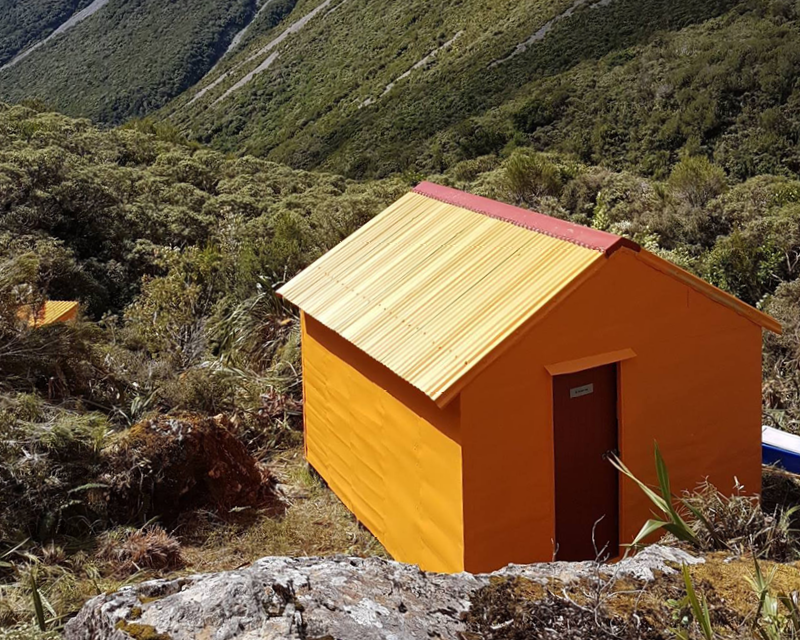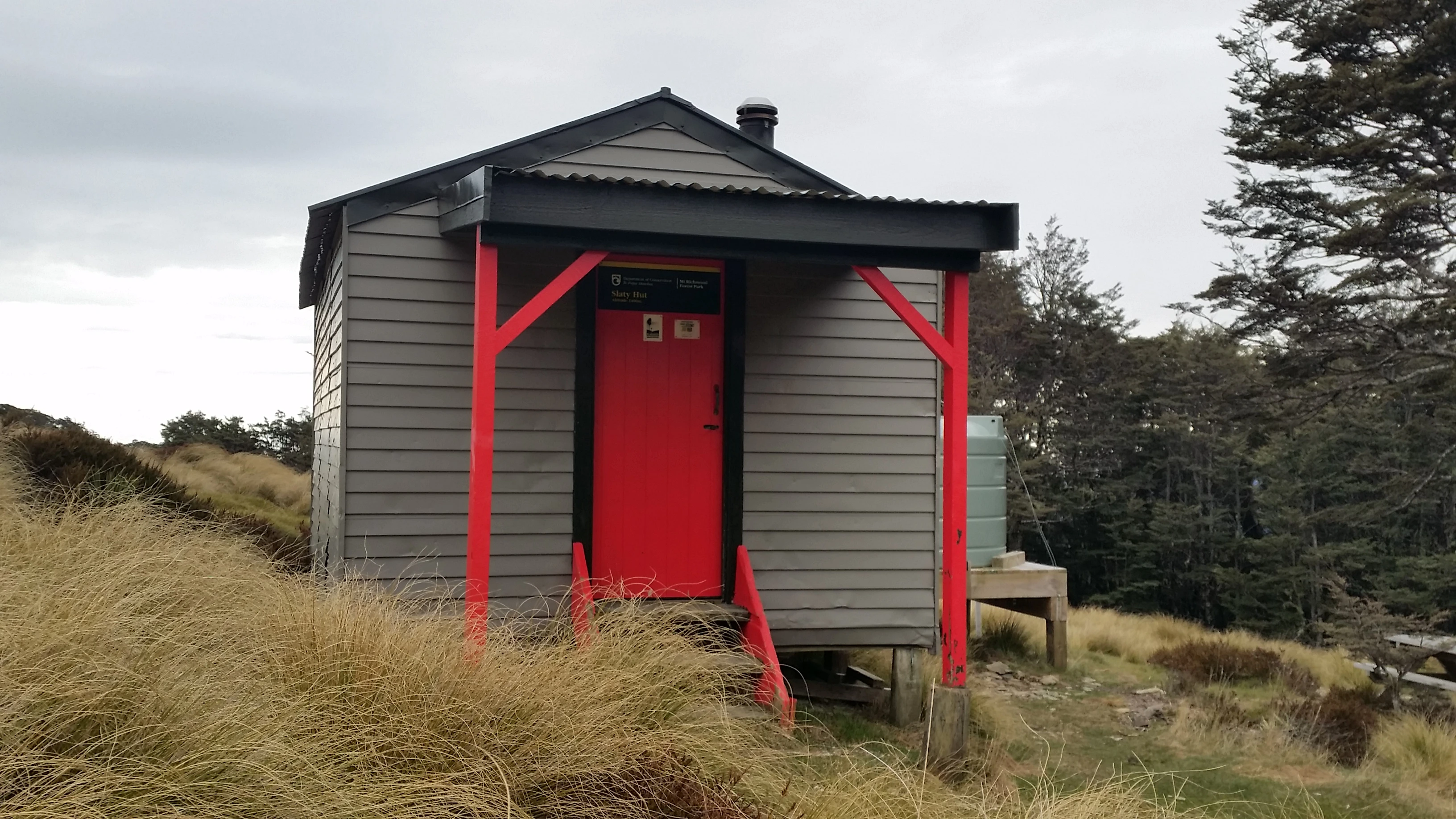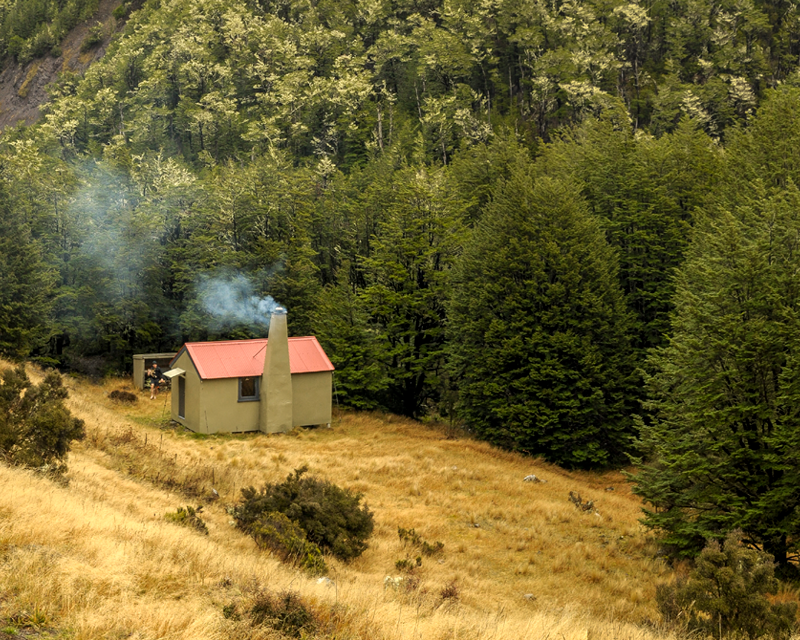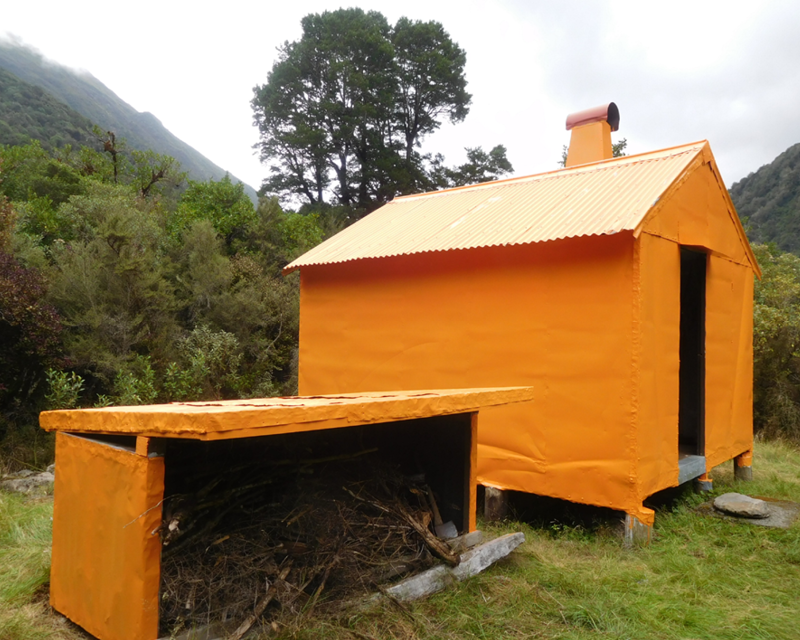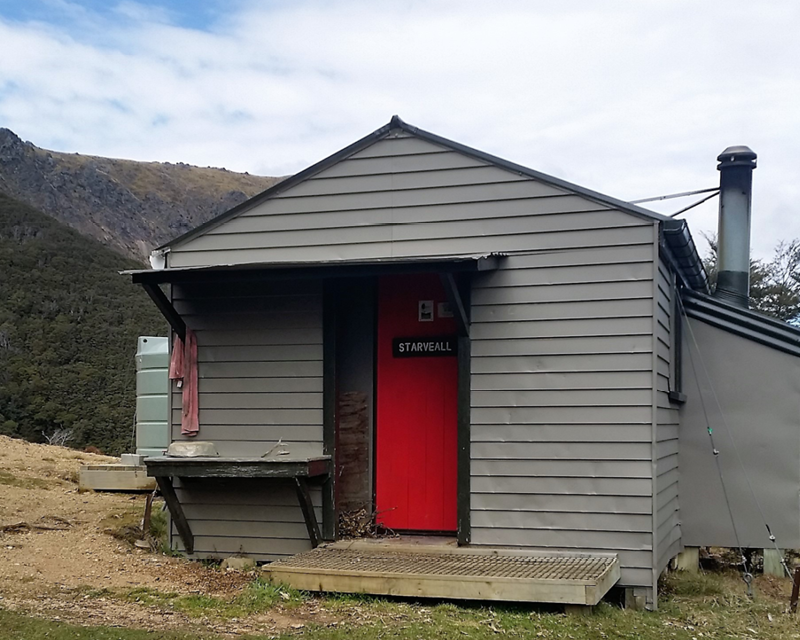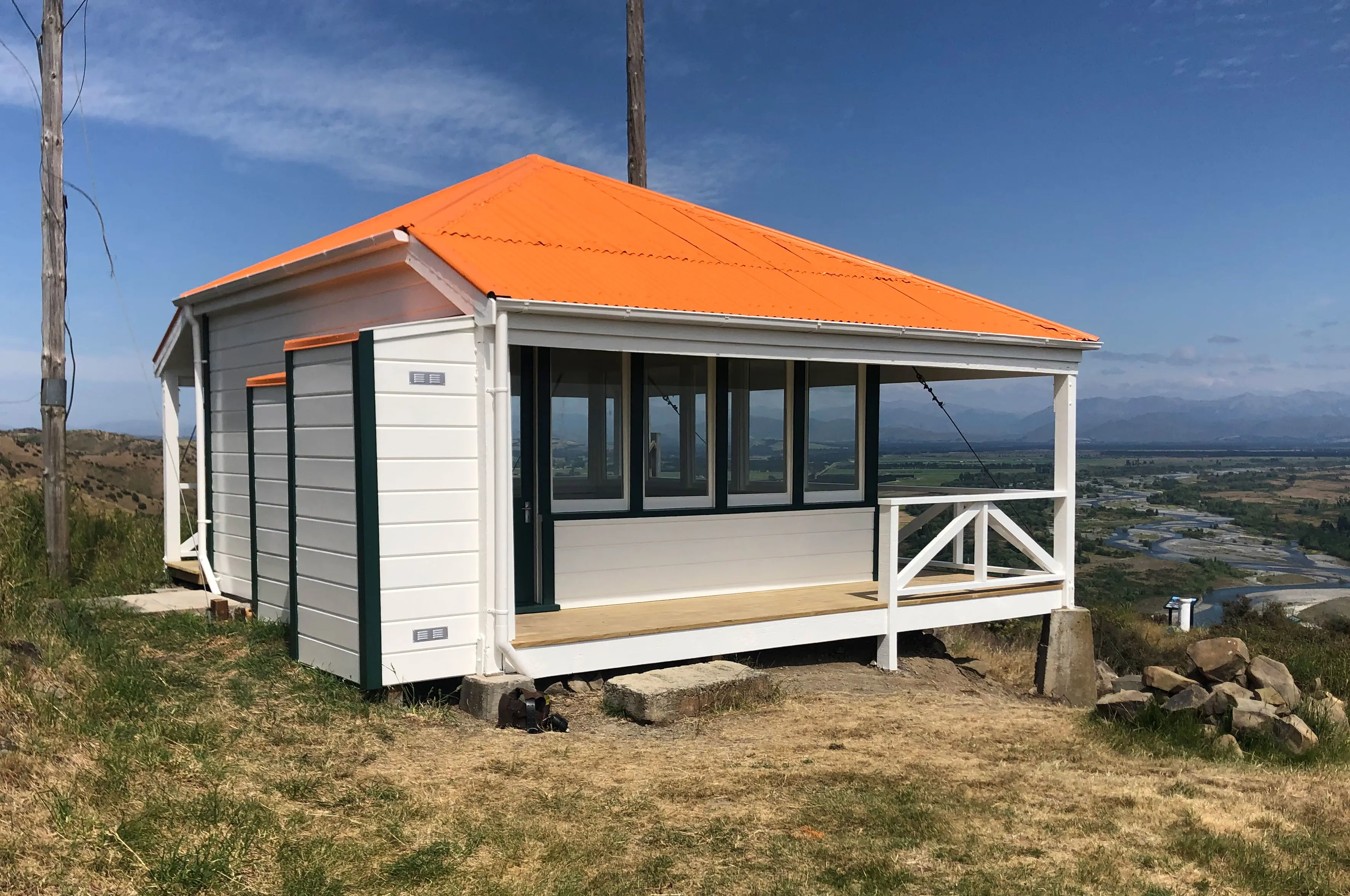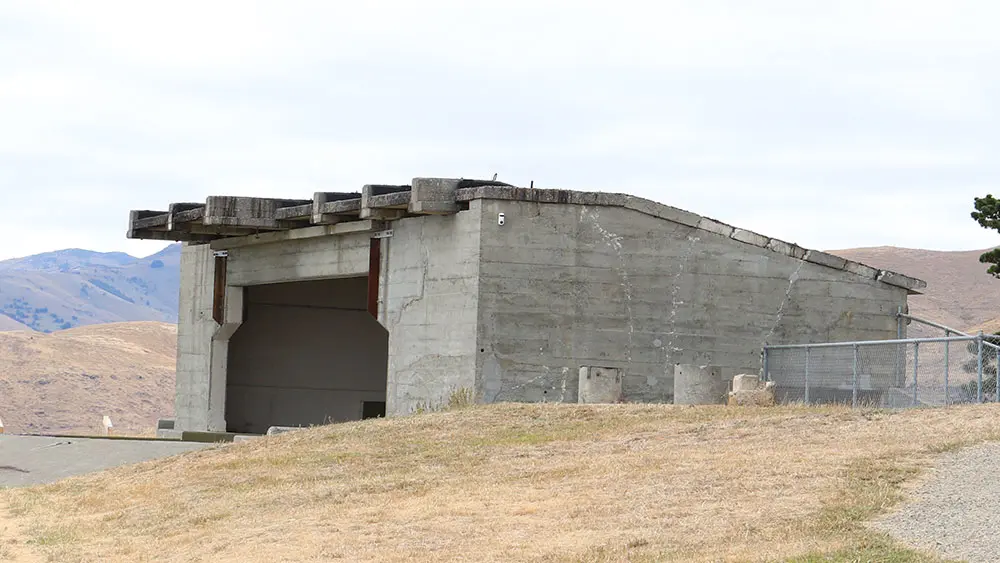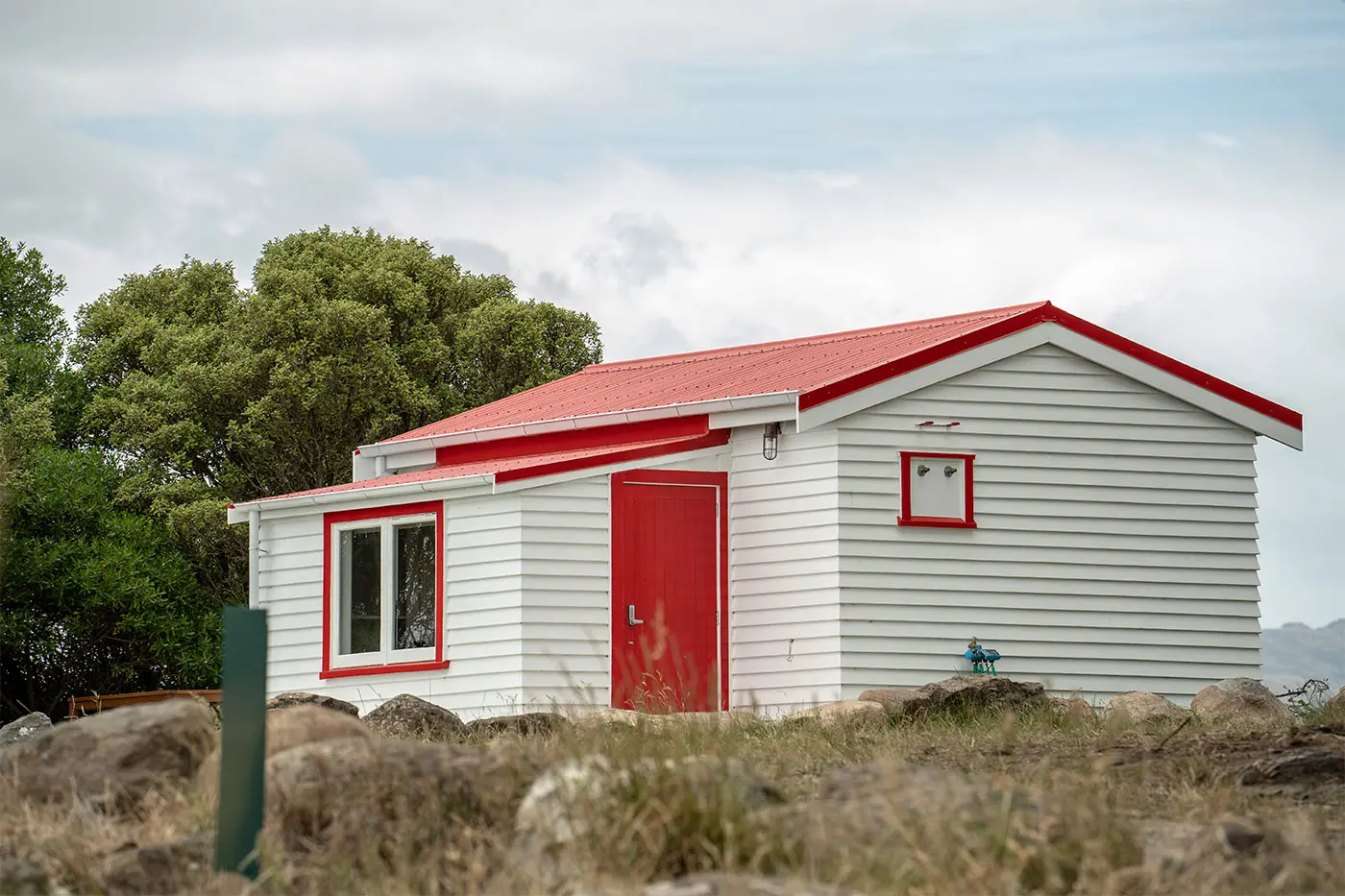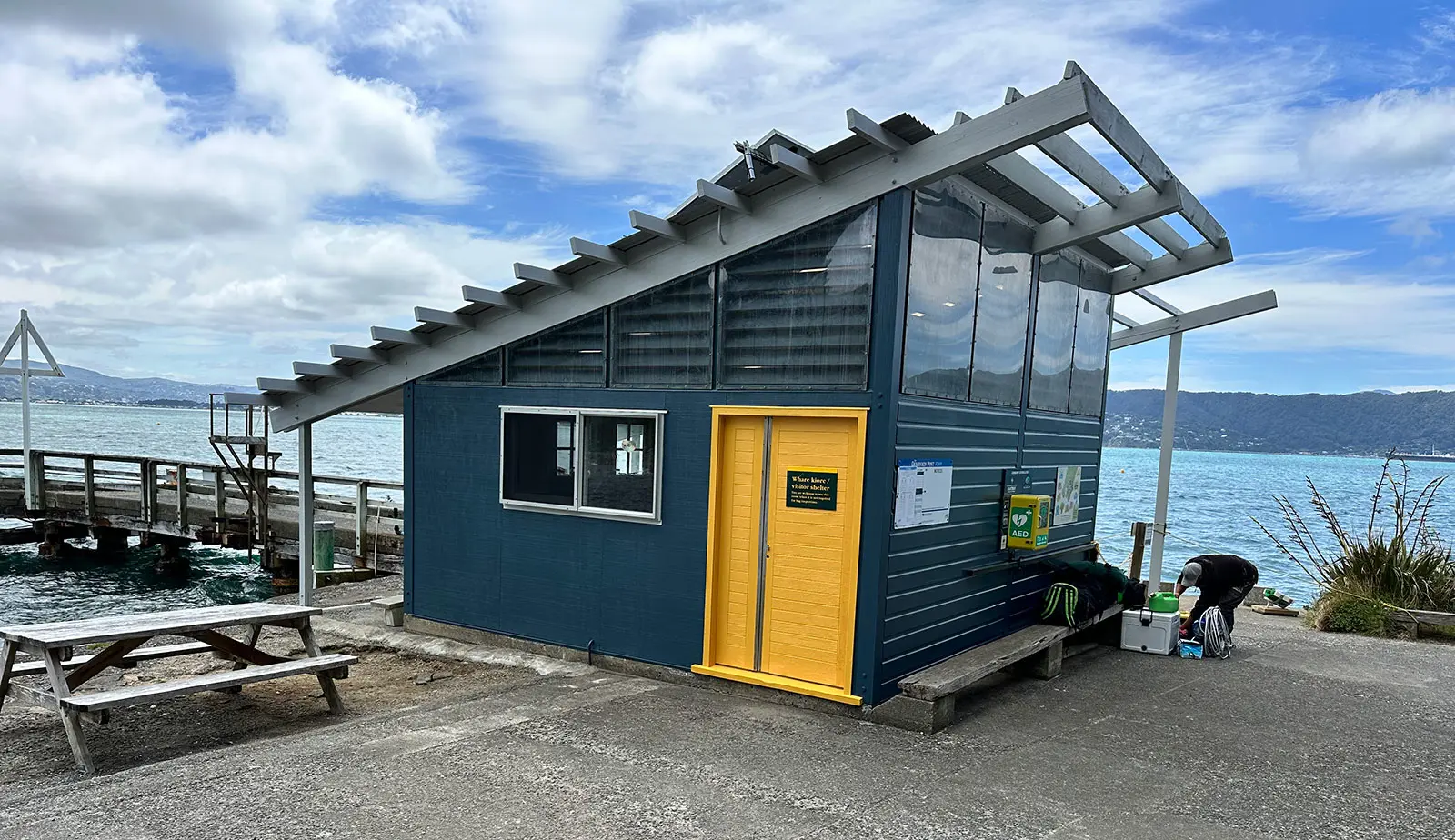
Department of Conservation
Dulux and the Department of Conservation Te Papa Atawhai have been working together to protect backcountry DOC huts, historic buildings and other facilities for future generations to enjoy.
From New Zealand's northernmost island, Raoul Island to the subantarctic Auckland Islands, Dulux and the Department of Conservation Te Papa Atawhai have been working together since 2013 to protect backcountry DOC huts, historic buildings and other facilities for future generations to enjoy.
The partnership began in 2013, and focuses on protecting and restoring DOC and community huts and buildings.
DOC's huts have long provided essential shelter for Kiwi outdoor enthusiasts and international visitors. Situated in a variety of landscapes from alpine to coastal settings these huts are often exposed to New Zealand’s harshest and most extreme weather conditions. They protect visitors who seek shelter, and this partnership helps to protect the huts themselves. The partnership also supports projects that protect and restore recreational and historic assets. Many of these assets require specialist support and technical expertise to restore them, and this is where Dulux is able to support. Dulux donates paint, woodcare, project funds and technical and design expertise.
Dulux are proud to support the Department of Conservation in protecting the natural and historic heritage sites that have inspired the Dulux Colours of New Zealand.
North Island
The Mimiwhangata Beach House is self-contained and sleeps 8, and is comfortable accommodation beside Northland's beautiful Okupe Beach.
The Whare is the oldest building on Kāpiti Island and the oldest building associated with nature conservation in New Zealand.
The Rangipo Hut is a serviced 20-bunk hut in the Tūrangi/Taupō area. It is the highest on the Ruapehu circuit and faces east, with views over the Desert Road and Kaimanawa Ranges.
Daly’s Clearing Hut is located in Kaimai Mamaku Conservation Park in the Bay of Plenty region.
Sunrise Hut occupies a position right on the bush line in Buttercup Hollow in the sunny Hawke's Bay and was built in 1983.
South Island
Located in Haast, Paringa and Moeraki rivers area in the West Coast region. Tunnel Creek Hut is a standard NZFS 6-bunk SF70 design with open fire, built in 1965.
Located in Mount Richmond Forest Park in the Marlborough region. Mt Fell Hut is situated on the bush line, 1 km south of Mt Fell summit.
Located in Kokatahi River - Whitcombe River area in the West Coast region, Sir Robert Hut was built in 1963.
Slaty Hut is a 6-bunk hut in the Motueka area. The hut is located just above the bush line where the route sidles across the northern face of Slaty Peak
Located in Puketeraki Forest Conservation Area in the Canterbury region and built in 1975, Youngman Stream is one of the younger Forest Service huts.
Located in Ahaura River and Lake Brunner catchments area in the West Coast region, Top Crooked Hut is an unmodified NZFS S81 four-bunk design with an open fire.
Starveall Hut a standard 6-bunk hut in the Motueka area and provides magnificent views over Nelson and Tasman Bay.
Located within the Balmoral Fire Lookout Conservation area in the Canterbury region, the Lookout was used by the New Zealand Forest Service until a replacement lookout was built in 1978/79.
Awaroa / Godley Head is an icon site nationally that is significantly important for heritage values and recreation values and was built as a coastal defence site for World War II.
Located in Awaroa / Godley Head near Christchurch and known as the Lighthouse Cottage, this space is in the old generator room which once provided back-up power to the lighthouse.
Whariwharangi hut is one of four Great Walk huts on the Abel Tasman Coastal Track, sited in a grassy clearing in regenerating native bush.
Red Hut was built originally in 1916 by Rodolph Wigley as part of a tourism venture for the Government Tourist Department.
Other New Zealand Islands
The Whare Kiore is the first impression 20,000 yearly visitors have of Matiu Somes Island. Travellers spend the first 20 minutes of their visit in here, checking their bags to help maintain the island’s pest-free status.
Taiko Camp is in the southern part of Chatham Island, designed as accommodation for the Department of Conservation contractors who then carry out essential close monitoring and predator control work to protect the Chatham Island Taiko
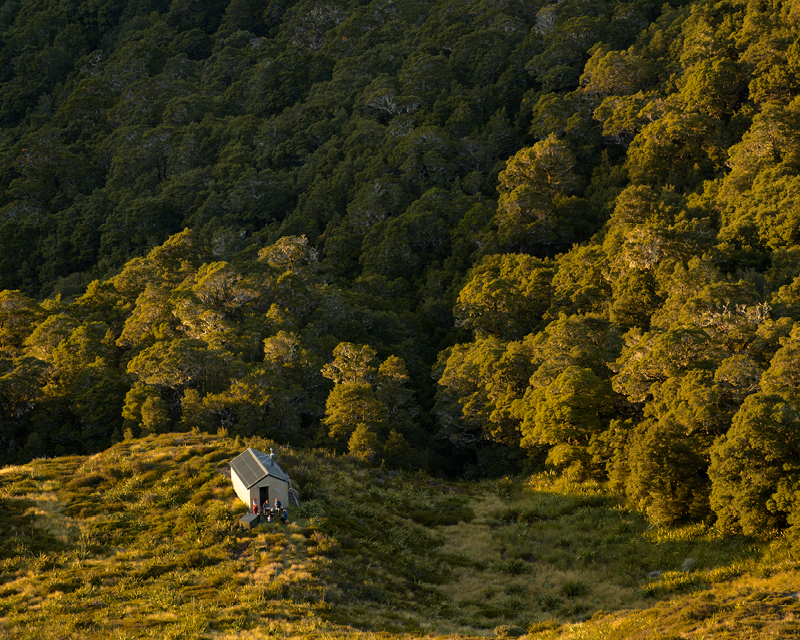
DOC manages a network of over 950 huts of all shapes and sizes. They provide unique places to stay, refuge from bad weather, or rest and recover when you're out exploring the outdoors.
Dulux Colours of New Zealand Department of Conservation locations
Dulux® is helping paint Surf Life Saving Clubs around New Zealand, protecting them and the home of the Dulux® Colours of New Zealand®, while they protect us out in the waves.
